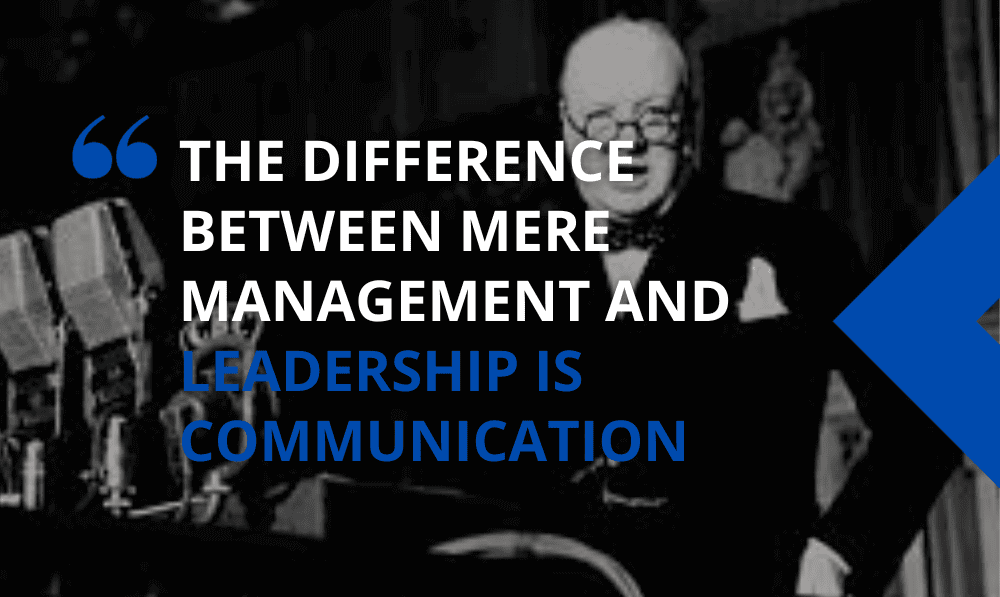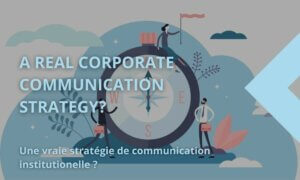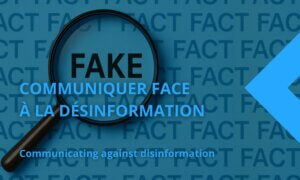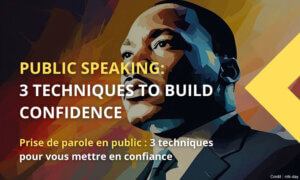Peter Drucker is, according to Les Echos, the “pope of modern management”. He presented management by objectives as “(…) a principle of leadership that gives free rein to individual energy and responsibility, (…) and that harmonizes personal interests and the common good”.
He often spoke about the importance of communication as a management tool, but what do we mean by his statement “to communicate is to hear what is not being said”?
Communicating is too often understood as a simple mode of expression in front of one or several target audiences, but communicating is much more than that: expression is only the visible, audible face of communication.
- Listen to and understand your audience’s expectations and barriers
- Identify its influences and codes
- Convince by exchanging to create adhesion
- Scanning your audience and finding your supporters
Management will always be reinforced by effective communication, but how should a manager communicate to ensure impact? A few simple rules that communication professionals will help you follow:
The manager’s communication will follow these rules, if he wants to free energies, align individual interests and create dynamics. “Listening to what is not said” and exchanging with his audience (his teams) will be the guarantee of his success. There is a key to this: preparation.
 Listen and understand expectations and obstacles
Listen and understand expectations and obstacles
Any successful communication starts by creating contact by listening to its audiences to know them.
The preliminary analysis of the different audiences and their components will aim at identifying the brakes that prevent them from adhering, the motivations that drive them, the competition they may know, the needs they may have.
This knowledge is essential to achieve the ultimate goal of any communication: the conviction of the other person and the emotion that we will transmit to him so that he remembers our essential message and makes the best use of it.
The more details you have on the socio-types of your audiences, the more you will know your playing field. The exercise will be easier in internal communication because you know the profiles of your employees.
But, in any case, whether you know your audience or not, the key will lie in listening, therefore in the questions you ask and the answers you give. By sowing a few commonly heard points of view here and there, you will see reactions or not and will thus know the motivations and the ambient brakes.
The attitude of your audience and their degree of attention will be weak signals that you will learn to see and use.
Do you have specific questions regarding public speaking? Contact our experts.
 Identify influences and codes
Identify influences and codes
In addition to their expectations, each member of your audience is also sensitive to certain codes and influences.
You can identify and use these through preparation as well.
The codes can be dress codes for example: certainly you will have to present yourself in an outfit that does not offend their codes. But when the public is very diverse, what is this outfit? The business banker’s or the banker’s marker? The truth will certainly be between the two: above all, your outfit must correspond to your message and the memory they must keep of it. If you come to talk to bankers about commitment in the same way as top athletes do, don’t come in a suit or jogging suit!
Let’s also take a look at the language codes that can both increase your impact and ruin your presentation. Verbal and non-verbal language are essential pillars of any successful communication.
You will have to master the terms to be used, know how to explain them, not jargonize, take your time and repeat to give them time to understand, to note.
The non-verbal part can take different forms. Your communicators will have to go beyond the usual lessons on this subject to find the forms that will best suit you so that you feel comfortable. You can move around with a microphone or stand at a desk for example and still have the necessary presence.
 Convince by exchanging to create adhesion
Convince by exchanging to create adhesion
By analyzing the socio-types of your audience, listening to them and using their codes, you will have created the conditions for their receptivity.
Communicating means convincing, sharing a position and trying to create support.
However, it is always difficult to know in advance the exact characteristics of one’s audience. Thus, for the communicator, it will be a matter of sharing one’s convictions and engaging in an exchange with the audience so that it reacts to this sharing.
When Peter Drucker says “communicating is hearing what is not said”, it is also a question of seeking the reaction of the audience by engaging it in an exchange that would not be expressed without the speaker’s intervention. This approach will allow you to get to know them better and to serve their more or less expressed expectations, bypassing their brakes or preconceived ideas.
The commitment through the exchange, which will always be progressive, will reinforce the involvement of the other and will arouse his interest: he will feel directly involved in the subject and will deliver his vision and expectations.
Let’s never forget that an audience, a public, will gradually enter into an exchange with the communicator, with the one who presents an offer or a message. It is therefore important to be patient.
 Scanning your audience, finding their support
Scanning your audience, finding their support
Your audience having been analyzed beforehand, according to the few rules mentioned above and to the best of your ability, it remains for you to ensure their support.
Part of the way has been done in the interaction you will have created with your questions, your various points of view intended to create reactions. Another part of the support will come from the illustrations used and your verbal and non-verbal language that will generate engagement.
There is nothing worse than an inert audience whose interest in what we bring to them cannot be gauged. To ensure even greater support, you can remember that every audience is made up of heterogeneous subgroups of believers, naysayers and neutrals.
Like comedians, who always look for one or two people in the audience, to whom they attach random profiles and then include in their show, you can look, at least with your eyes, for your supporters in your audience.
By setting three directions, three particular people in different areas, and attaching one of the profiles (convinced, opposed, neutral) to each, you will help yourself and build support.
By addressing each subgroup, you will prove to them that they count in your speech, you will address their questions without them asking them, you will provide the answers they expect, you will build your speech so that it reaches the largest audience and generates the memory that will ensure your success.
These few communication techniques can all be linked to Peter Drucker’s remark about the importance of what is not said in successful communication. They will be mastered through professional preparation under the guidance of public speaking experts.
Articles relatifs:
- Media Training: the keys to a successful interview
- ESG, when companies become committed investors.
- The difference between mere management and leadership is communication - Winston Churchill
- The 6 keys to make your newsletter a powerfull brand recognition tool
- Internal Communication: a new era to keep human contact
- Communication strategy : the simple questions often forgotten
- Your corporate purpose can do a lot to you
- What if internal communication was all about buy-in?
- The post-containment managerial exercise has become more complicated: Integrate a seconded DirCom to help in this strategic business transition
- CSR Communication: Principles, Plan, and Effective Strategy


 Listen and understand expectations and obstacles
Listen and understand expectations and obstacles




